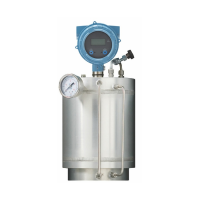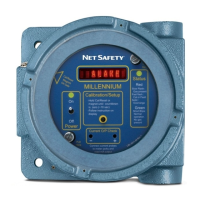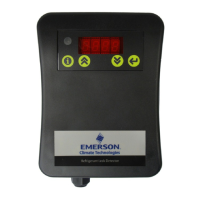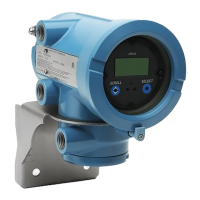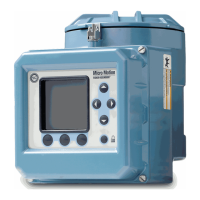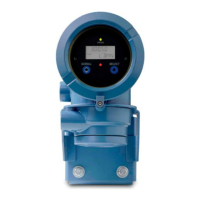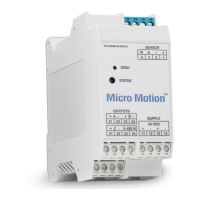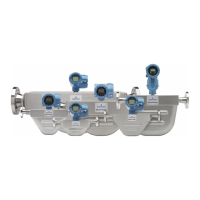These parameters uniquely identify the API table. The selected API table is displayed,
and the meter automatically changes the density unit, temperature unit, pressure
unit, and reference pressure to match the API table.
Restriction
Not all combinations are supported by the API referral application. See the list of API tables in
this manual.
3. Refer to the API documentation and confirm your table selection.
a. Verify that your process fluid falls within range for line density, line temperature,
and line pressure.
If your process fluid goes outside any of these limits, the meter will post a status
alert and will report line density instead of referred density until the process fluid
goes back within range.
b. Verify that the referred density range of the selected table is adequate for your
application.
4. If you chose a C table, enter Thermal Expansion Coefficient (TEC) for your process fluid.
5. Set Reference Temperature to the temperature to which density will be corrected in
referred density calculations. If you choose Other, select the temperature
measurement unit and enter the reference temperature.
6. Set Reference Pressure to the pressure to which density will be corrected in referred
density calculations.
API tables supported by the API referral application
The API tables listed here are supported by the API referral application.
API tables, process fluids, measurement units, and default reference valuesTable 4-4:
Process fluid API table Referred density (API)
Default reference
temperature
Default reference
pressure
Generalized crude and JP4 5A Unit: °API
Range: 0 to 100 °API
60 °F 0 psi (g)
23A Unit: SGU
Range: 0.6110 to 1.0760
SGU
60 °F 0 psi (g)
53A Unit: kg/m
3
Range: 610 to 1075 kg/m³
15 °C 0 kPa (g)
Generalized products (gaso-
line, jet fuel, aviation fuel,
kerosene, heating oils, fuel
oils, diesel, gas oil)
5B Unit: °API
Range: 0 to 85 °API
60 °F 0 psi (g)
23B Unit: SGU
Range: 0.6535 to 1.0760
SGU
60 °F 0 psi (g)
Configure process measurement
36 Micro Motion
®
Fork Density Meters (FDM)
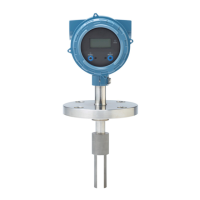
